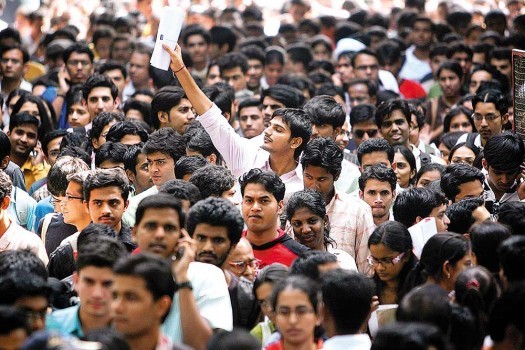
The gender wage gap in India is highest among Asian nations, a recent report by Oxfam has found, further revealing that on average, women are paid 34 percent less than men in India despite performing the same job with the same qualifications.
The report also notes the low participation of women in the country’s labour force, which is 27 per cent – the lowest among BRICS countries and among G20 countries. In effect, this means that even though women comprise half the population, they constitute only a quarter of the labour force. And this is happening even though there's a high level of education among women.
These findings bring forth the issue of gender-based disparity in India where women are being left out of the economic growth narrative. The report comes at a time when the unemployment rate in India is currently estimated to be at a 45-year high, reaching 7.8 percent in urban areas and 5.3 percent in rural ones, according to a leaked National Sample Survey Office report for 2017-18.
The Oxfam report further states that women participation is low due to “decline in rural jobs, transforming urban areas, unequal pay, the burden of unpaid care work, and the continuing prevalence of regressive social norms.”
In terms of growth, and comparing that with men, the labour force participation rate for men rose from 75.5 percent in 2015-16 to 76.8 percent in 2016-17. On the contrary, the same for women declined to 26.9 percent in 2016-17 from 27.4 percent in 2015-16.
The report also states that, “While real wages have grown steadily, monthly income remains low with 82 percent male and 92 percent females earning less than Rs 10,000 a month.”
Taking into consideration, this marked decline of women in labour force, it further says that “while more men are part of the workforce, women are leaving it for reasons ranging from lack of decent jobs, to pursuance of higher education to negative social norms that prevent women from stepping out of their homes to seek employment.”
Interestingly, the report further brings forth the findings for the post-demonetization period, stating that “women left the labour force in the aftermath of demonetization.”
Arguing about the findings, it says, “When demonetization happened, women moved out of the labour force to make way for men to get the few jobs that were available. Households took the rational decision to move men who are also more experienced into the labour markets rather than women, particularly young women, to compete in the difficult labour markets of post-demonetization period.”
With empirical evidence that gender wage gap is visible among women in India, the report advocated that “emphasis needs to be placed on ensuring equal pay for women and men”.
According to a report by the UN, “If given proper rights and land share, women can control additional income and spend more of it than men do on food, health, clothing and education for their, thus helping in tackling poverty.”


.jpeg)

